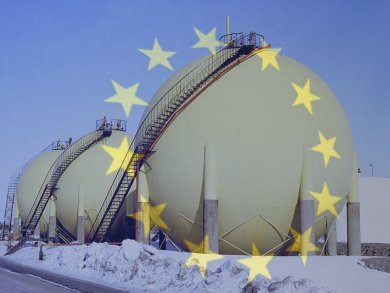Shale gas production in the United States rises continuously. The availability of energy and feedstock from shale gases creates a significant competitive advantage for the US industry. Also other regions of the world are primed for an extended use of shale gas whereas there are no plans for Europe so far. Technically recoverable resources of Europe are estimated at 16 trillion m3 which is about one third compared to the amount in the United States (47 trillion m3).
The position paper from Cefic, the European Chemical Industry Council, states that the exploration and production of shale gas is necessary in order to strengthen the European industry’s competitiveness and to maintain growth and jobs. This applies equally for the chemical sector and for the energy sector as both use different fractions of the shale gas. The exploration of shale gas in Europe will contribute to energy security and help to fill the gap often left by renewable energies. The paper sees shale gas also as a possibility to reduce the greenhouse gas emission in a low-cost manner.
Cefic concludes that the process of exploring and producing shale gas should be accelerated by European policymakers while at the same time appropriate attention has to be given to human health and the environment.
- European Chemical Industry Council (Cefic), Brussels, Belgium
- Cefic Position Paper: The implications of the shale gas revolution for the European chemical industry
Also of interest:
- What is Shale Gas? How Does Fracking Work?
Vera Köster,
ChemistryView.org 2013, February.
DOI: 10.1002/chemv.201300017
How does hydraulic fracturing (fracking) and horizontal drilling make natural gas trapped in shale rock formations financially feasible and accessible? - Shale Gas: Impact on the Petrochemical Industry,
ChemViews magazine 2013, February.
DOI: 10.1002/chemv.201300015
Development of shale oil and gas has opened new sources of oil, natural gas, and key petrochemical feedstocks




